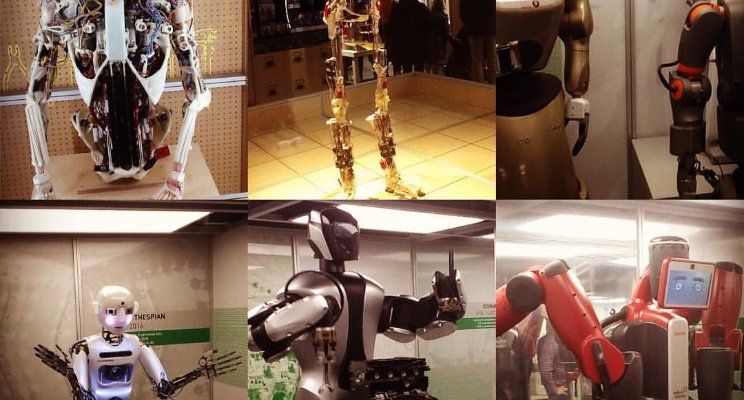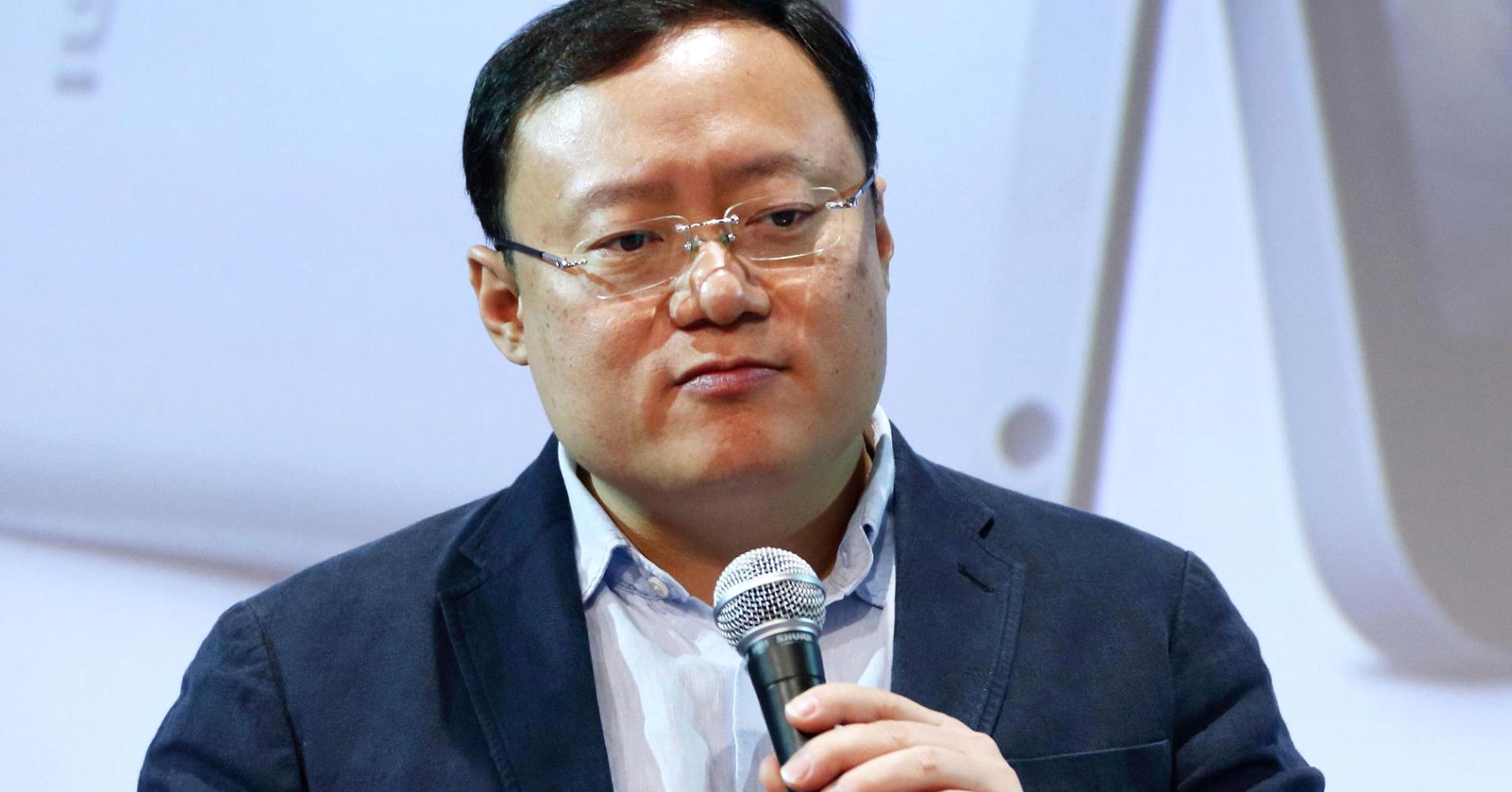In the next few years Space X and Virgin Galactic will be sending tourists into orbit and during a brainstorming session for last years SpaceApps Challenge we brainstormed some possible applications for Space Robots.
Last night on the International Space Station Astronaut Thomas Pesquet showed the SPHERES robots testing software that will be used to clean up space junk. Smaller versions of these robots could be developed with multiple ports for a Go Pro Camera linked to a SmartWatch app for Space Selfies or for a Virtual Reality 360 degree recording for the Tourists of their trip. Having wireframed for the Samsung Gear Watch App to be used on the International Space Station and with the advances in technology its easy to see how Siri/ Cortana/ Alexa could be incorporated into a SPHERE type Astromechanical robot to advise of Comms, Timetable scheduling and the other apps that are required for day to day use on the International Space Station. Fun applications that we came up with for the Space Apps challenge was a version of Space- Quidditch and Jedi Training for a SPHERE robot fitted with mini propulsion tanks.
The Annual SpaceApps Challenge is a great way of streching your tech skills and learning new ones. If you would like to host a SpaceApps event the deadline is today:









